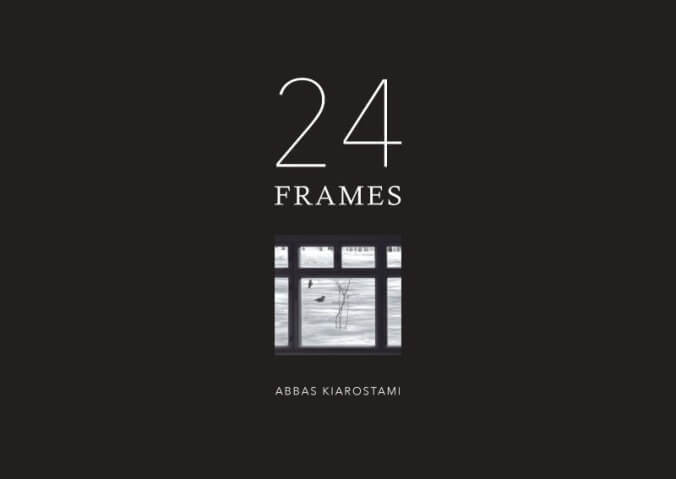Losing any great filmmaker hurts, but the death of Abbas Kiarostami 18 months ago hit particularly hard. It wasn’t just that he was still doing great work nearly five decades into an illustrious career—one that almost singlehandedly put Iranian cinema on the world stage. No, what made Kiarostami’s loss so painful was that he was still way out on the cutting edge at age 76, making youngsters look timid by comparison. 24 Frames, his final feature (apparently all but finished when he died), makes previous radical Kiarostami experiments—the dashboard-affixed claustrophobia of Ten (2002); the silent parade of female faces watching another, unseen movie in Shirin (2008); even the mind-bending hall of mirrors that constitutes his celebrated Koker trilogy—seem downright conventional. Kiarostami remained a tireless innovator right up to the end, and it’s fitting that he leaves us with a work so singular as to be almost unclassifiable.
While its title winks at the standard rate of celluloid speed (24 frames per second), now all but defunct, 24 Frames in fact consists of precisely two dozen shots, each lasting about four-and-a-half minutes. The first “frame” initially appears to be just a shot of Pieter Bruegel’s famous painting The Hunters In The Snow (which cinephiles will recognize from prominent appearances in Tarkovsky’s Solaris and Von Trier’s Melancholia). After about 30 seconds of stillness, though, smoke wafts from one of the painting’s chimneys, and previously motionless birds start flying around, and a dog runs across the landscape. This digital manipulation of a well-known artwork serves as proof of concept, and the rest of the film sees Kiarostami similarly animate 23 photographs that he’d taken over the years, each one coming to life via the addition of ambient sound, inclement weather (wind, rain, snow), and animals roaming through the stasis.
Even if you arrived at the theater five minutes late, and consequently had no idea what was going on, 24 Frames would be a visual treat. Each shot is beautifully composed (not surprising, since they started as still photographs), and many of them develop a mini-narrative of sorts over the course of their four-plus minutes, with birds and beasts generally serving as the dramatis personae. In some cases, the compositing is so skillful that this could easily be mistaken for Kiarostami’s version of a James Benning film like 13 Lakes (2004), which simply captures nature in action. At other times, snow is blatantly artificial, or a cow’s movements look slightly unnatural. That doesn’t come across as a flaw so much as a necessary reminder that you can’t trust almost anything you’re seeing. Indeed, it’s often a real challenge to identify what the original photo would have been, as frames are so fascinatingly busy, and so apparently focused on moving objects, that it’s hard to imagine what unmoving instant would have attracted Kiarostami’s attention.
That’s very much by design. Throughout his career, Kiarostami toyed with our conception of what is “real”—most notably in Close-Up (1990), one of the earliest films to reenact actual events with the participants self-consciously playing themselves. 24 Frames may have started out as playful kitschiness (Kiarostami reportedly wanted to animate a bunch of famous paintings, switching to his own photos when he found that obtaining the rights would be prohibitively expensive), but its digital trickery ultimately serves a headier purpose. Frame 12, for example, expertly simulates the sensation of clouds intermittently blocking the sun, even though the sky isn’t visible—Kiarostami accomplishes the effect, which looks wholly natural, by tinkering with the lighting. That sort of post-production manipulation is now commonplace in Hollywood movies, going completely unnoticed; Kiarostami foregrounds it here, because the entire movie is essentially post-production manipulation, and he’s made damn sure that we know that. Admittedly, the concept starts to run out of steam before the end; 24 frames is perhaps five or six too many, and a few are clunkers. But it’s at once inspiring and heartbreaking to see a master with nothing left to prove still pushing the envelope in the final years of his life. He had plenty left to give us.


 Keep scrolling for more great stories from A.V. Club.
Keep scrolling for more great stories from A.V. Club.